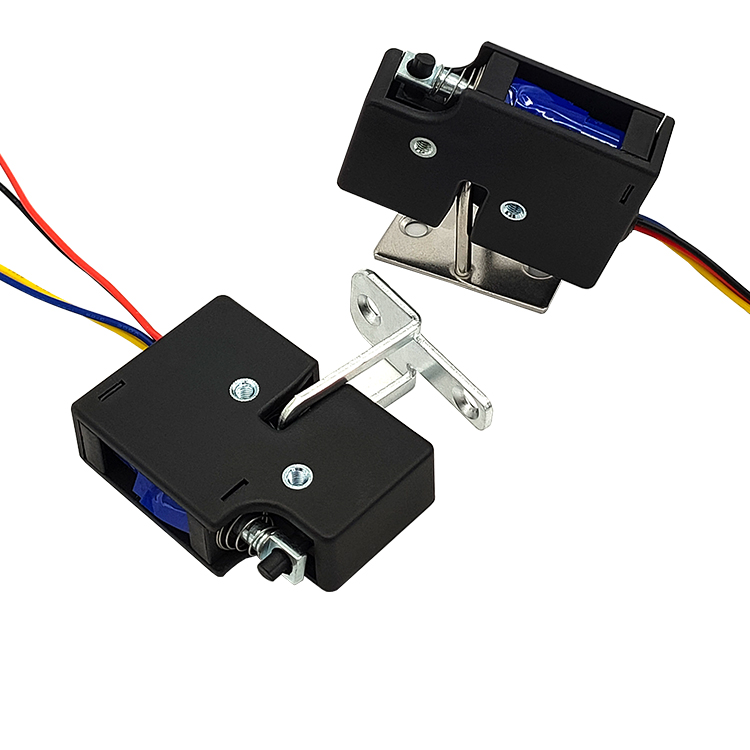The electronic control lock function of the smart cabinet is to remotely control and manage the lock of the smart cabinet through an electronic control system. The following is its functional description:

1. Remote unlocking: Administrators can remotely unlock the smart cabinet through an electronic control system, making it convenient for users to retrieve items.
2. Remote locking: Administrators can remotely lock the smart cabinet through an electronic control system to prevent unauthorized personnel from accessing the items inside the cabinet. 3. Temporary password/dynamic password: The administrator can generate a temporary password or dynamic password, which can be sent to the user. With this password, the user can open the cabinet door for a certain period of time. 4. Fingerprint recognition: The smart cabinet is equipped with fingerprint recognition function, and users can open the cabinet door through fingerprint verification. 5. Card swiping/code scanning recognition: Users can verify their identity through card swiping or code scanning, and legitimate users can only open the cabinet door. 6. Operation records: The electronic control system can record the time of opening and closing the smart cabinet, user identity information, and other operation records, making it easy to manage and track. 7. Appointment for pickup: Users can schedule a pickup time through the electronic control system, and can only open the cabinet door to retrieve items after reaching the designated time. 8. Alarm function: When there is abnormal operation or illegal attempt to unlock, the electronic control system can trigger an alarm to remind the administrator to pay attention. 9. Remote monitoring: Administrators can monitor the switch status and usage of the intelligent cabinet in real-time through the electronic control system, and promptly identify problems. 10. Multilevel permission management: The electronic control system can set the permission levels of managers, staff, and users, ensuring that only authorized personnel can carry out relevant operations. 11. Alarm prompt: When there is an abnormal fault in the intelligent cabinet's electronic control lock, the electronic control system can provide real-time alarm information for convenient and timely processing. In summary, the electronic lock function of the smart cabinet can achieve remote control, temporary password, fingerprint recognition, card swiping/scanning recognition, operation recording, and alarm prompt functions, improving the security and convenience of the smart cabinet.
